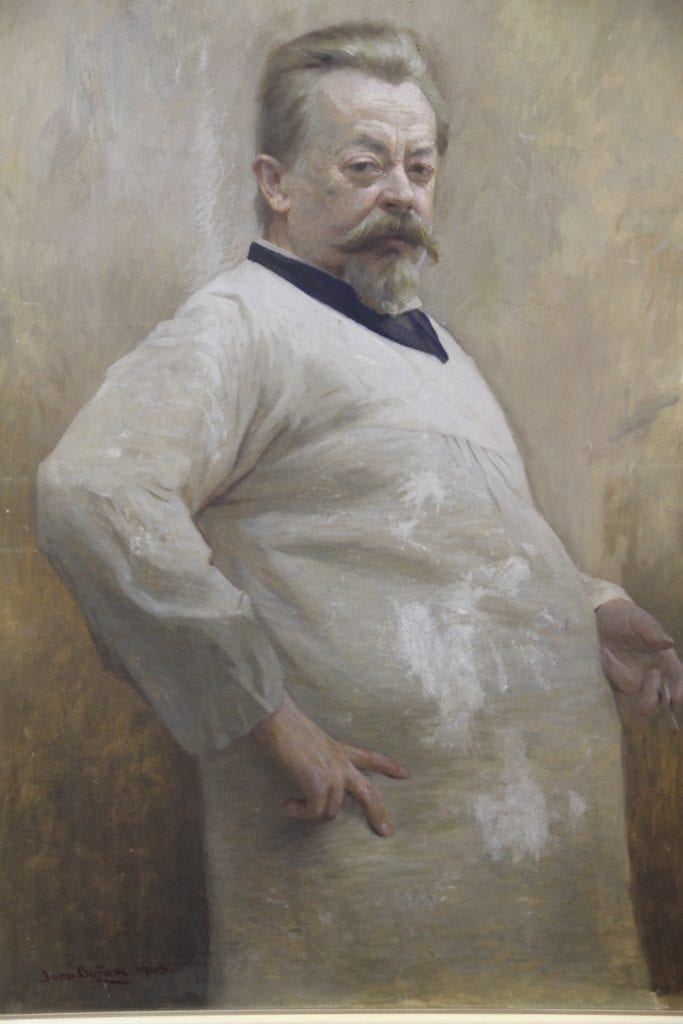
Download our app Rendić for a special experience of a cultural walk through the city of Supetar:
Cultural walk “One day with Rendić” will take you to a walk through the oldest and most beautiful parts of the historical part of Supetar, to the places where Ivan Rendić (1849-1932), nestor of Croatian sculpture, born in Supetar, left his mark. Start your walk at Supetar’s seafront, in the front of the monument built in memory to our great man. Then continue walking through the sculptor Rendić’s street, Vrdolca park, Gustirne, Ignjat Job’s street, “Ivan Rendić” gallery, allegoric monument “Um”, Supetar seafront, town beach “Banj” and finish it at the beautiful Supetar’s cemetery. There you can see the last resting place of Ivan Rendić and several his works. Enjoy!


